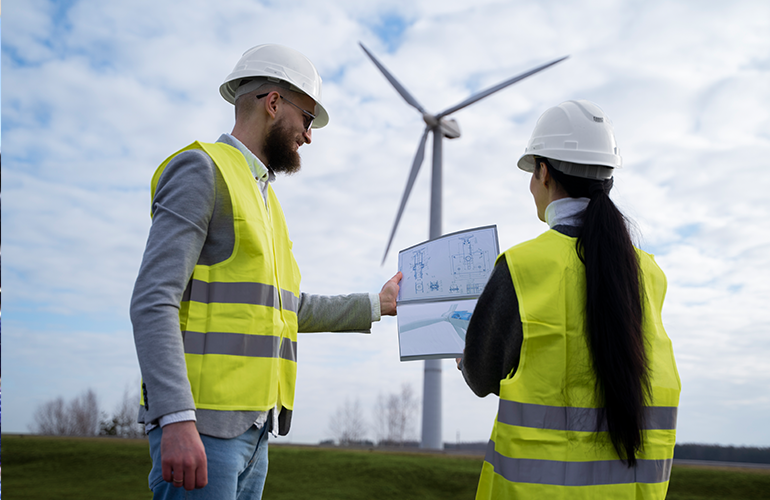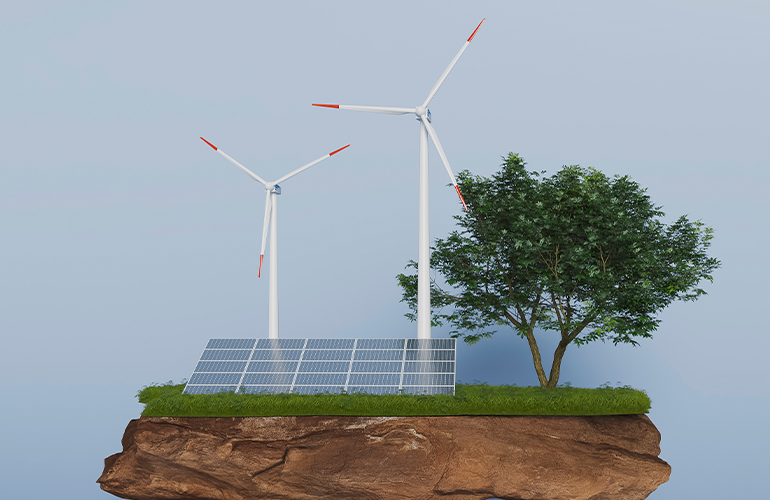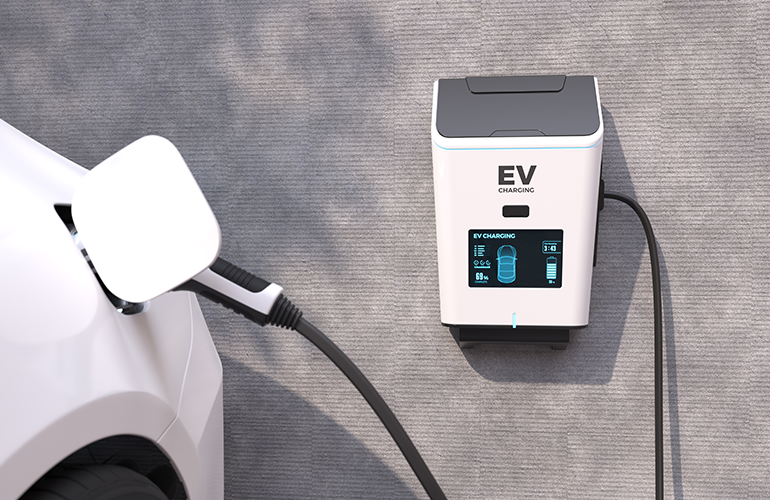In the realm of modern energy management, virtual power plants (VPPs) have emerged as a dynamic and innovative solution to optimize the integration of renewable energy sources, enhance grid stability, and meet growing energy demands. But what exactly are virtual power plants, and how do they work? In this blog post, we’ll delve into the inner workings of virtual power plants, exploring their functions, benefits, and implications for the future of energy management.
What are Virtual Power Plants?
At their core, virtual power plants are sophisticated energy management systems that leverage advanced software and communication technologies to orchestrate the decentralized control of diverse energy resources. Unlike traditional power plants that rely on centralized generation facilities, VPPs aggregate and coordinate a network of distributed energy resources (DERs), including solar panels, wind turbines, battery storage systems, and demand response initiatives.
How Do Virtual Power Plants Work?
Aggregation: The first step in creating a virtual power plant is to aggregate a diverse array of distributed energy resources, such as rooftop solar panels, residential battery storage systems, and smart appliances. These resources are connected through a centralized control platform, which enables real-time monitoring, communication, and coordination.
Optimization: Once aggregated, the virtual power plant optimizes the operation of these distributed energy resources to maximize efficiency, minimize costs, and enhance grid stability. Through predictive analytics, machine learning algorithms, and demand forecasting, the VPP dynamically adjusts energy production, consumption, and storage in response to changing conditions and market signals.
Grid Services: Virtual power plants provide a wide range of grid services, including peak shaving, frequency regulation, voltage control, and capacity management. By aggregating and coordinating DERs, VPPs can respond rapidly to grid needs and provide valuable ancillary services to support grid stability and reliability.
Demand Response: Another key function of virtual power plants is demand response, which involves adjusting electricity consumption in response to grid conditions or price signals. Through smart thermostats, home energy management systems, and other demand-side management strategies, VPPs can reduce peak demand and alleviate stress on the grid during periods of high electricity usage.
Benefits of Virtual Power Plants
Grid Stability: By integrating diverse energy resources and providing grid services, virtual power plants enhance grid stability and reliability, reducing the risk of blackouts and brownouts.
Renewable Integration: VPPs facilitate the seamless integration of renewable energy sources, such as solar and wind, by optimizing their production and balancing fluctuations in generation.
Cost Savings: Virtual power plants can reduce energy costs for consumers by optimizing energy production, storage, and consumption, and by participating in energy markets to capitalize on price fluctuations.
Flexibility and Scalability: VPPs offer flexibility and scalability, allowing for the addition of new energy resources and the expansion of capacity as needed to meet evolving energy demands.
Future Outlook
As the transition towards a more decentralized and sustainable energy system accelerates, virtual power plants are poised to play a central role in shaping the future of energy management. By harnessing the power of advanced technology and collaboration, VPPs offer a flexible, efficient, and resilient solution to the challenges of modern energy systems. As we embrace the potential of virtual power plants, we move closer to a future powered by clean, renewable energy, where energy resources are optimized, and grid stability is ensured for generations to come.




